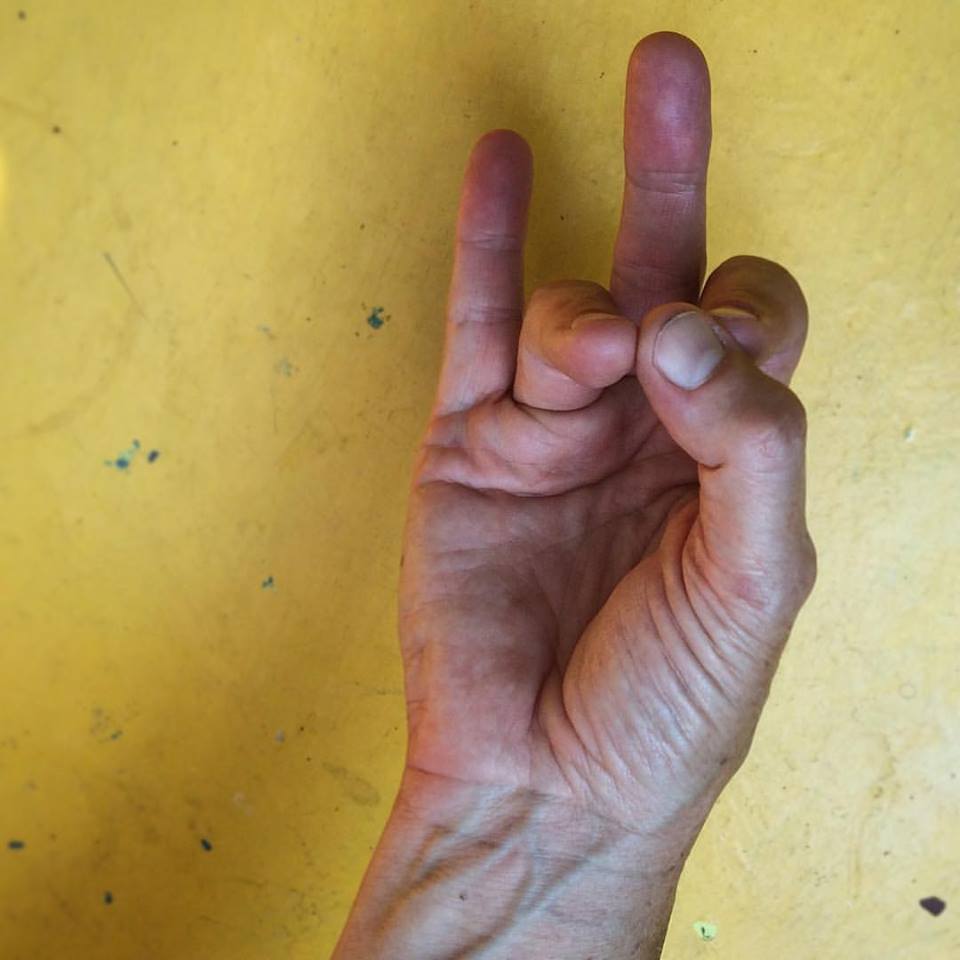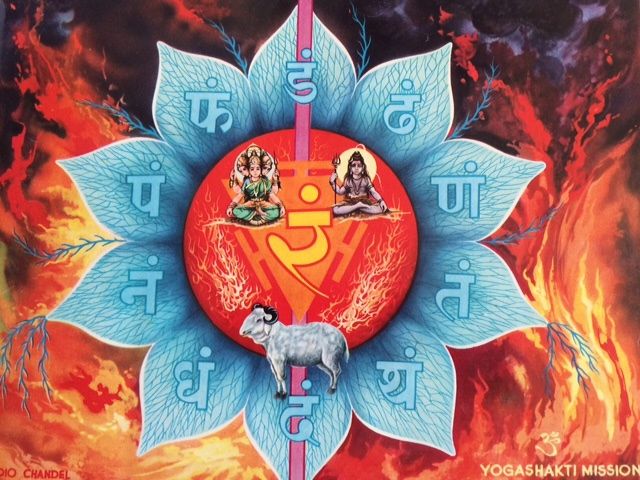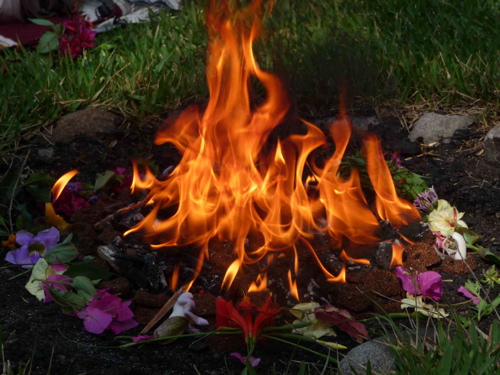SEASONAL SELF-CARE BLOG
Third Chakra – Manipura
Posted on November 17th, 2015
The third chakra, “Manipura” means “jewel city” derived from the Sanskrit, “mani” – jewel and “pura” – city. The lustrous gem center, yellow and radiant is located according to some texts in the solar plexus and others in the navel. Manipura, as the fire element, governs our digestive organs: stomach, spleen, liver, gall bladder, pancreas, and small intestines. Related to our ego identity, it gives us our sense of personal power in the world. A person with a balanced manipura chakra has good a good sense of self, is confident, intelligent, productive, focused and responsible as well as playful. They have vibrant energy and are able to take action and manifest their visions in the world with ease. Blockage in the third chakra displays as digestive disorders, low self-esteem, lack of self-discipline, poor follow through on tasks, indecisiveness, anger, hostility or a sense of victimization.
The third chakra has 10 petals on which are inscribed the Sanskrit letters, Dam, Dham, Nam, Tam, Tham, Dam, Dham, Nam, Pam, Pham. In the center of the lotus is Ram, the bija mantra or seed syllable for Manipura chakra. Chanting Ram as well as the sanskrit letters is very healing and opening for the related organs as well as emotional and mental aspects of Manipura.
The beautiful image of the Third Chakra is from “The Invisible Seven Psychic Lotuses” by YogaShakti Mission.
FIRE ELEMENT
Fire is the element of “Manipura”, our third chakra. It is the power of transformation, luminosity, digestion, radiance, intelligence, vitality, and activity. Associated with vision, fire as light is the energy that fuels both outer sight and inner vision of comprehension and recognition. The fire element is Integral to our yoga practice in which the inner heat, activated through asana practice, burns impurities and awakens insight. The earliest term for yoga like activities is Tapas which is derived from the Sanskrit root, “Tap”, meaning “to burn” or “to glow”.
Our digestive fire is called Agni in Ayurveda. Located in the solar plexus, Agni governs metabolism as digestive enzymes and other metabolic processes that break down, digest, absorb, and assimilate our food. Strong agni is also important for nourishment of our tissues and immune system. This photo, taken at a retreat that I led in Guatemala, was for a very powerful Shamanic protection ceremony.
REVOLVED SPLIT-LEGGED HEADSTAND
Shine up your gem center with Parivrttaikapada Sirsasana!

Twists are very beneficial poses for the Third Chakra. Located in the solar plexus/navel area, Manipura chakra governs all of our digestive organs: stomach, spleen, liver, gall bladder, pancreas, small intestines, and large intestines as well as the kidneys. The spiraling action of twists, wrings out physical, emotional, and mental stagnation and sluggishness in our organs. As we unravel the twists, fresh oxygenated and nutrient rich blood rushes in and the stagnant blood is pushed out, offering a deep cleansing and detoxification process. Inverted twists, like Parivrttaikapada Sirsasana, provide an even more effective cleansing of accumulated metabolic waste and toxins from our system.
RUDRA MUDRA
 If you’re feeling insecure, unconfident, indecisive, weak & listlessness, and have digestive difficulties, you may have blockage in your third chakra. Try Practicing Rudra Mudra to awaken your solar plexus chakra, revitalize your prana, and strengthen your center.
If you’re feeling insecure, unconfident, indecisive, weak & listlessness, and have digestive difficulties, you may have blockage in your third chakra. Try Practicing Rudra Mudra to awaken your solar plexus chakra, revitalize your prana, and strengthen your center.
• Touch the thumb, index and ring fingers together and extend the other fingers easefully.
• Practice 5 minutes, a few times a day.
• Affirmation: “I rest at my center and draw strength and joy from my center.”
joyous heart!
Leigh


